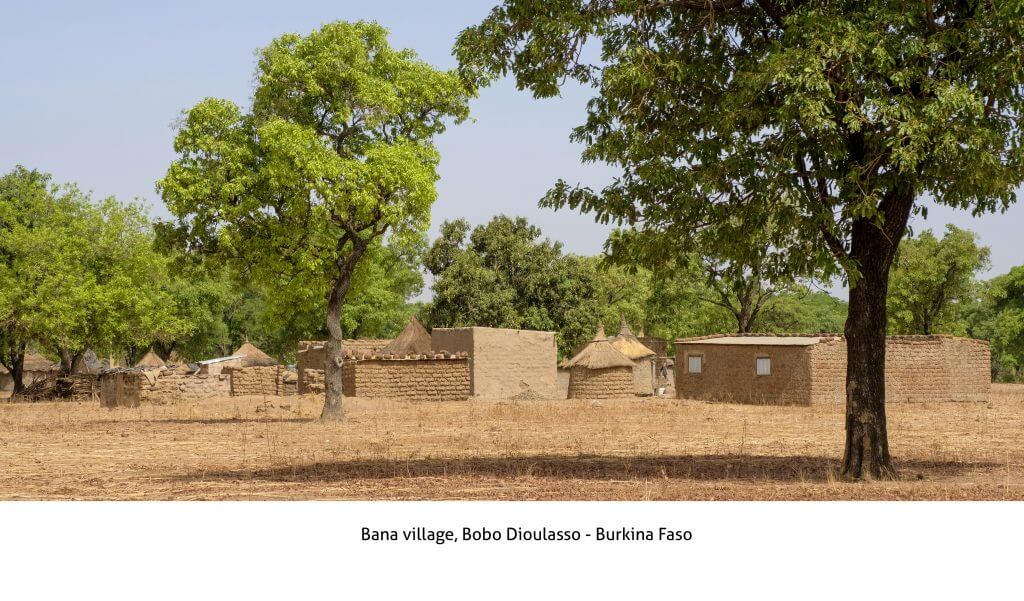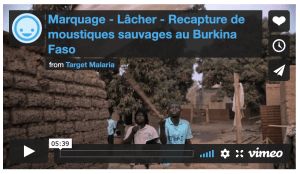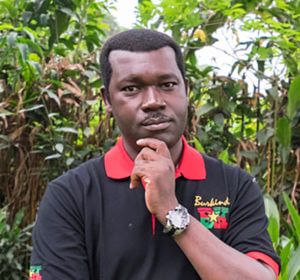Target Malaria proceeded with a small-scale release of genetically modified sterile male mosquitoes in Bana, a village in Burkina Faso
posté 1
The release of genetically modified sterile male mosquitoes in Burkina Faso is a very important milestone for our project. It is the first of its kind on the African continent and our team has been working since 2012 to reach this point.
Bana is one of the project sites we have been working in collaboration with for approximately 7 years now. Our activities in Bana have focused on collection of baseline entomology data, which allows us to characterise the field site, in terms of what species of mosquitoes are present, what their seasonal dynamics are and how they behave in the wild. As well as collecting this entomological data, we have been engaging the local community to explain the project, the research and to co-develop our approach with them by listening to them and having a dialogue about their expectations and concerns as well as to ensure community acceptance for project activities.
…

As co-development is one of core our values, we decided that the community itself should design its own acceptance model. Early on, a dialogue was established to agree on a set of principles – transparency, inclusiveness, openness to different perspectives – and the community of Bana elaborated its own acceptance model. They chose to establish a reference community group, representing the whole community and communicating the community’s decision to the project, after their consultation. The acceptance to participate to the small-scale release of sterile mosquitoes was given by this reference group in May 2018.
…

Today, we proceeded with a small-scale release of sterile male mosquitoes in Bana. To do the release we used a technique commonly known as “mark-release-recapture”. This means that we marked our sterile male mosquitoes with coloured powder in our contained laboratory at the Institut de Recherche en Sciences de la Santé (IRSS) before bringing them to the field for release in a pre-identified area within Bana’s village.
The release went as planned and we are now in the recapture phase, which means we are proceeding with daily mosquito recapture activities. We will continue to monitor the mosquito population in the village on a monthly basis for a period up to a year. In addition, our stakeholder engagement team has worked with the community of Bana to set-up a community led monitoring group.
Representatives from the National Biosafety Agency and the ethics committee of the IRSS were present when the release took place.
Although this release of sterile male mosquitoes was not meant to be a malaria control tool we are very happy to have reached this milestone and we hope it will inform the next phases of our research. As a project, all our team members are aware that in order to reach our end goal of developing and sharing a novel tool for malaria control we still have a long way ahead of us. But this first release is an important step forward.
 Below is a link to a video that shows a regular MRR experiment that was done in Bana. This experiment was done back in March 2018 with wild type mosquitoes (non-modified mosquitoes). Watch the video here.
Below is a link to a video that shows a regular MRR experiment that was done in Bana. This experiment was done back in March 2018 with wild type mosquitoes (non-modified mosquitoes). Watch the video here.

